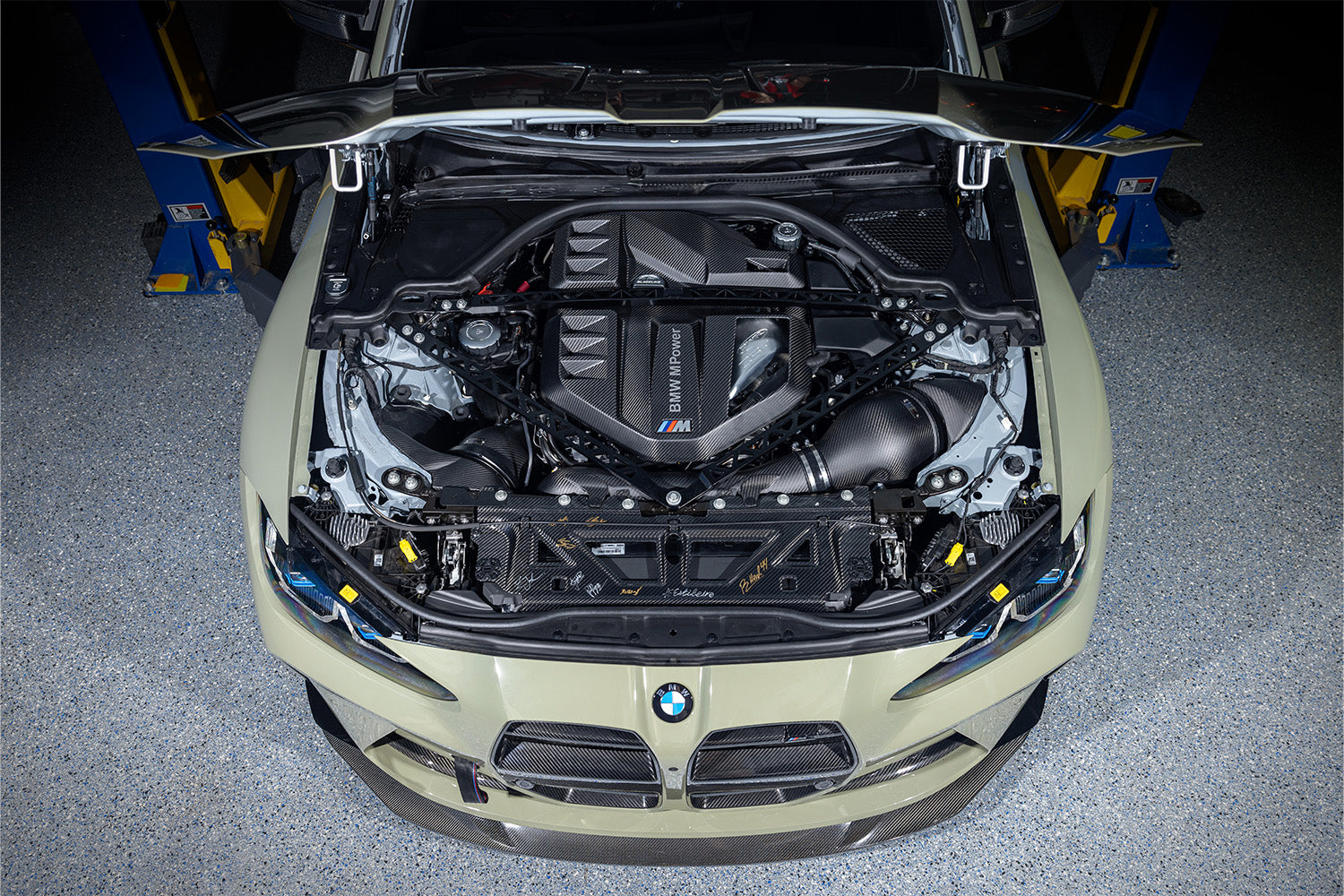Exploring the Advancement of Combustion Engines in Modern Transportation Equipments
As we browse the landscape of modern-day transport, the evolution of combustion engines stands as a testimony to human resourcefulness and design expertise. The interplay of background, innovation, and environmental problems in forming the trajectory of burning engines produces a story that is both engaging and insightful.
Early Beginnings of Combustion Engines
Exactly how did the concept of burning engines very first arise in the early phases of transportation development? The origins of combustion engines can be traced back to the 17th century when the concepts of inner combustion were first checked out.
The development minute featured the invention of the first successful gasoline-powered engine by Karl Benz in 1885 - bmw engine. This engine led the way for the development of the contemporary vehicle, reinventing transport systems worldwide. Succeeding advancements by Nikolaus Otto and Gottlieb Daimler better refined burning engine innovation, resulting in the mass production of cars and the fast growth of the transport market
These early combustion engines were defined by their simpleness and effectiveness, laying the foundation for the facility and powerful engines used in modern-day transport systems. The development of burning engines has actually been critical in shaping the means we take a trip and move products, marking a substantial milestone in the background of transport development.
Change to Internal Combustion Technology
The shift to interior combustion technology noted a critical change in the development of transport systems. This change began in the late 19th century, with innovators like Nikolaus Otto and Gottlieb Daimler creating the initial successful interior burning engines. These engines revolutionized transport by using an extra effective and reliable choice to vapor engines and electric motors.
Among the essential advantages of interior combustion engines was their ability to be reduced to match cars, causing the advancement of automobiles and motorcycles. This change from bulky, fixed engines to compact, mobile ones paved the method for the modern transportation systems we see today.
The change to inner burning technology also spurred developments in fuel modern technology, bring about the advancement of gas and diesel as primary fuel resources for vehicles. This change not only made transport more accessible to the masses but additionally laid the foundation for the oil and gas industry to come to be indispensable to international economies.
Influence of Combustion Engines on Transportation
The fostering of combustion engines in transport systems catalyzed a profound change in the effectiveness and rate of international mobility. Combustion engines revolutionized transportation by giving a flexible and trusted source of power for different cars, including vehicles, trucks, ships, and airplanes. This technology dramatically improved the capacity for products and individuals to move over lengthy ranges in shorter time structures, bring about enhanced connectivity between regions and nations.
Moreover, the prevalent use burning engines has actually had a substantial influence on financial advancement. The ability to carry products effectively has actually spurred profession and business, enabling services to broaden their markets and get to customers worldwide. This has actually Clicking Here facilitated economic growth and globalization, as products can currently be delivered faster and in bigger amounts than ever previously.
Nonetheless, the ecological effect of burning engines can not be overlooked. The combustion of nonrenewable fuel sources has led to air contamination and greenhouse gas emissions, adding to environment modification and presenting wellness dangers to populaces. bmw engine. Therefore, there is a growing focus on establishing alternate propulsion innovations to reduce these adverse effects and develop an extra sustainable future for transport
Advancements in Burning Engine Layout
One noteworthy innovation is the growth of turbocharged engines, which utilize exhaust gases to drive a wind turbine that presses inbound air, enabling for more gas to be burned, resulting in raised power result without a substantial boost in engine dimension. Variable shutoff timing systems have also revolutionized engine style by optimizing air flow at various engine speeds, enhancing both power and performance. These advancements collectively contribute to the continual improvement of combustion engines in modern transport systems.
Future Patterns in Combustion Engine Advancement
With innovation advancements driving constant technology, the future of burning engine advancement is poised to change transport systems around the world. Among the essential patterns in burning engine growth is the press in the direction of better efficiency and decreased emissions. Producers are spending greatly in r & d to enhance engine efficiency while satisfying rigid environmental guidelines. This includes the combination of sophisticated fuel shot systems, enhanced learn the facts here now turbocharging methods, and making use of light-weight products to enhance gas intake and reduce carbon emissions.
One more famous trend is the fostering of crossbreed modern technologies in combustion engines. Hybrid engines combine standard combustion technology with electric power, providing improved fuel efficiency and reduced discharges. As the vehicle sector changes in the direction of electrification, crossbreed combustion engines are seen as a transitional option that connects the void between traditional cars and fully electrical ones.
In addition, the combination Continue of smart technologies, such as synthetic knowledge and information analytics, is expected to play a significant duty in the future of combustion engine development. These innovations can enhance engine performance in real-time, leading to more efficient burning procedures and improved total vehicle efficiency. Embracing these future patterns will not only drive advancement in burning engine development but also add to a more sustainable and eco-friendly transport ecosystem.

Verdict
In conclusion, the development of combustion engines in modern-day transportation systems has actually been noted by substantial developments in innovation and design. From the very early beginnings of combustion engines to the transition to interior combustion technology, these engines have actually had a profound impact on transport.
The roots of combustion engines can be mapped back to the 17th century when the principles of internal burning were very first explored. These engines changed transportation by using a much more reliable and effective choice to steam engines and electric motors.

Comments on “Introducing the Tricks Behind the Power of the BMW Engine”